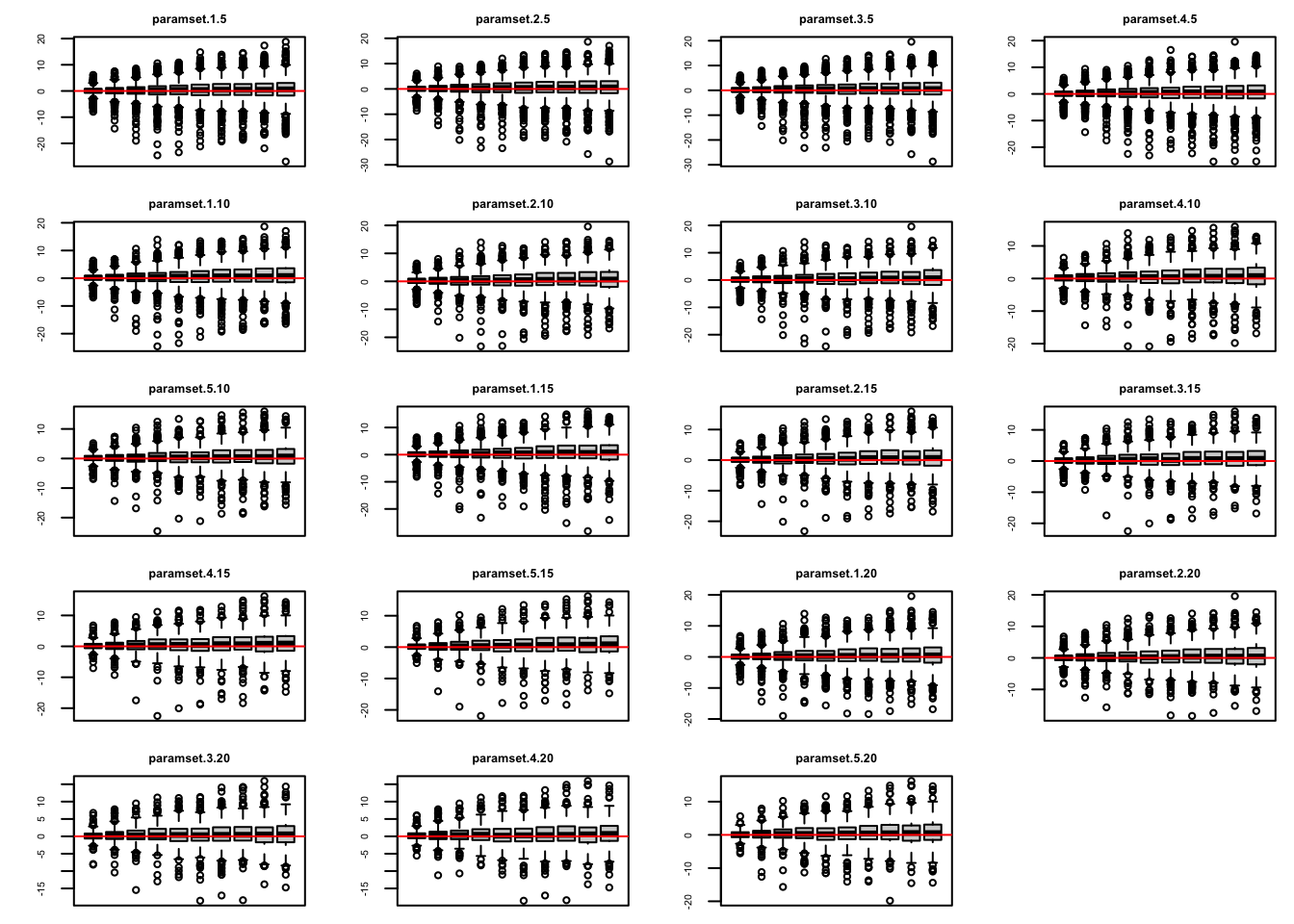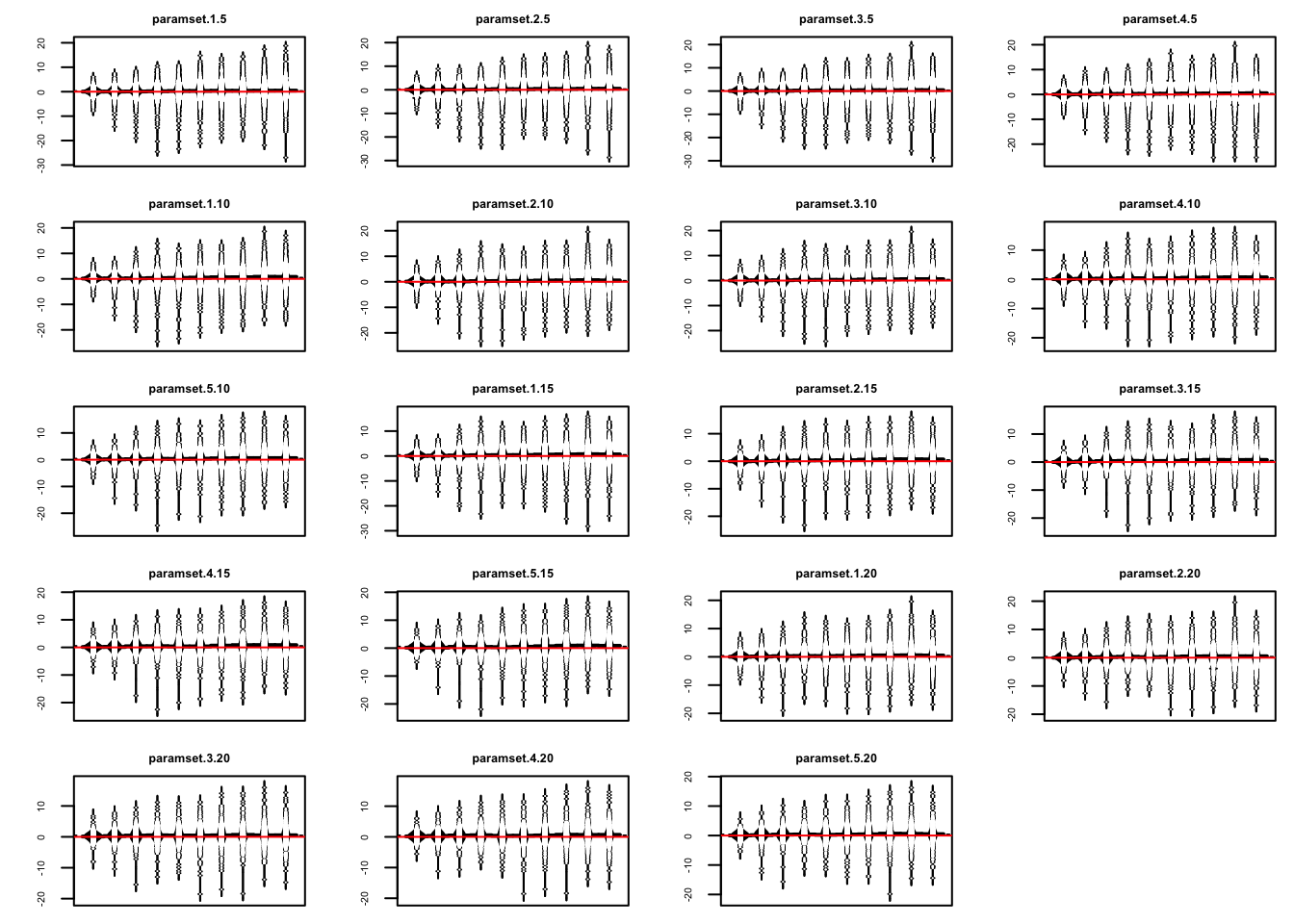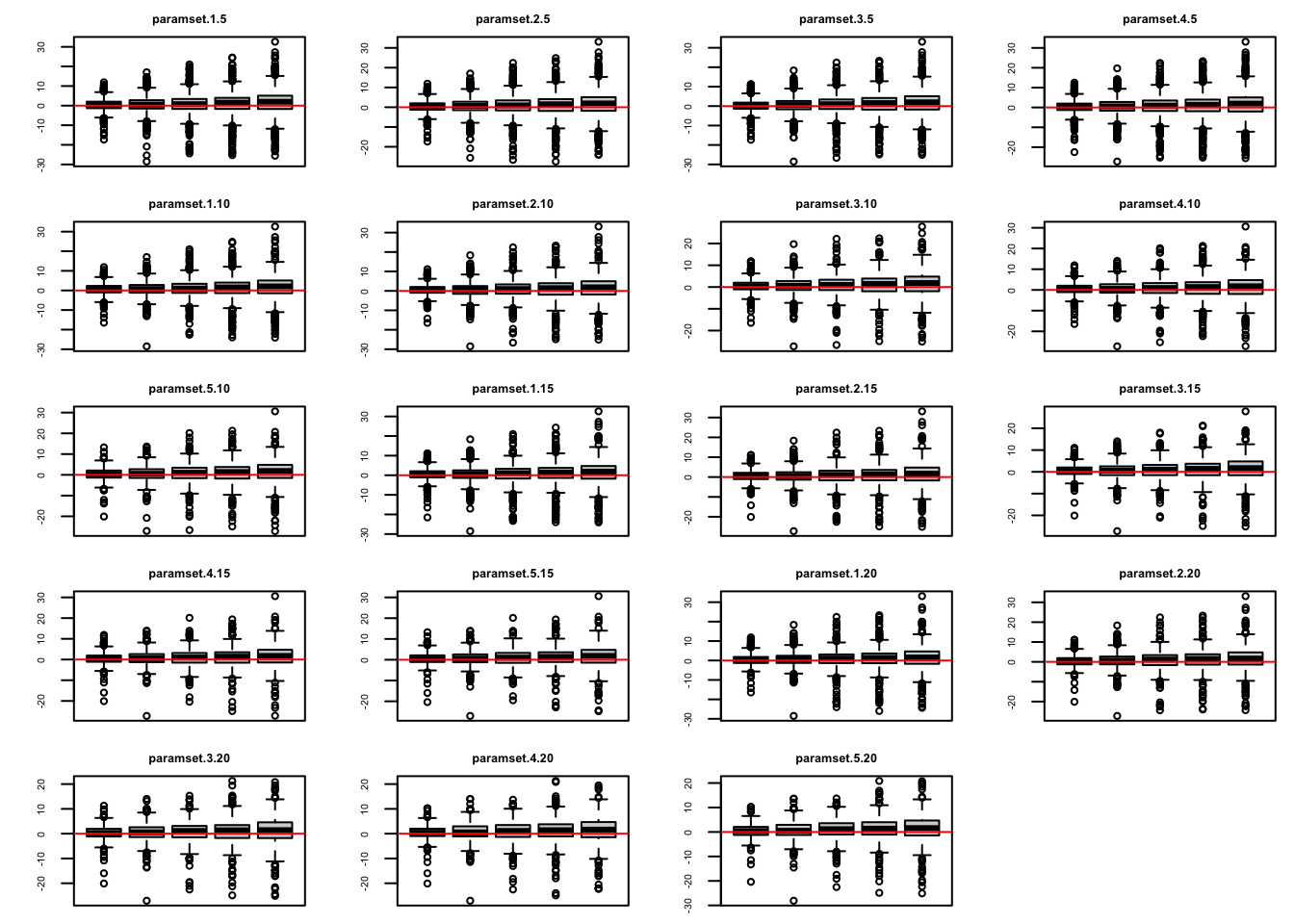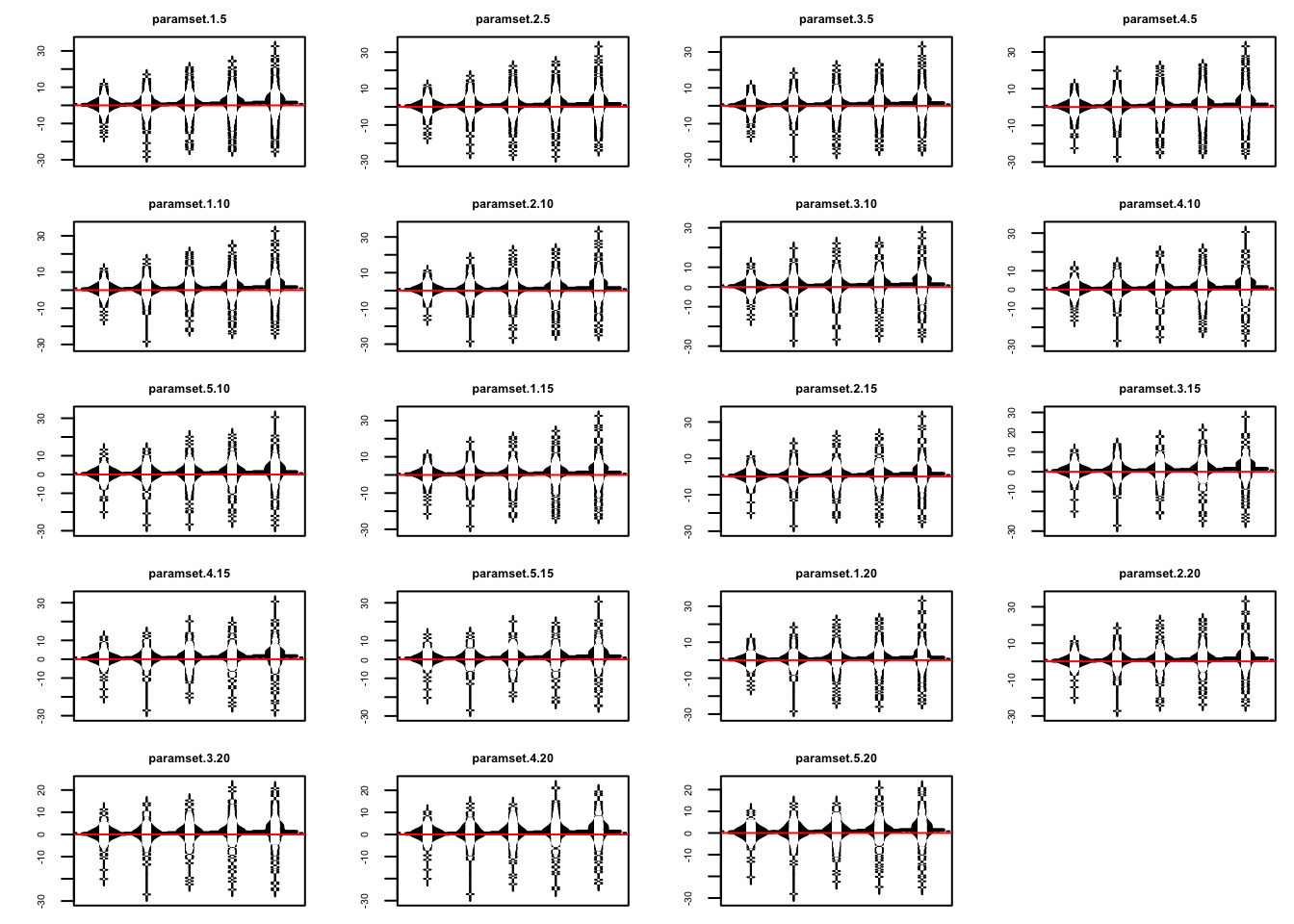引言
在量化投资领域,技术指标是构建自动化交易策略的核心工具。通过对历史价格、成交量等数据的数学建模,技术指标能够将市场行为转化为可量化的信号,为程序化交易提供决策依据。简单移动平均线(Simple Moving Average,SMA)作为最经典的技术指标之一,凭借其简洁的逻辑和广泛适用性,在量化策略开发中占据重要地位。
技术指标的核心作用
技术指标通过三种典型方式驱动量化交易:
- 趋势识别:MACD、布林带等指标可捕捉价格方向性变动;
- 超买超卖判断:RSI、KDJ等振荡器可识别市场极端状态;
- 波动率测量:ATR、标准差指标可量化市场风险强度。
这些指标通过参数优化、多周期组合、跨指标协同等方式构建数学模型,在沪深300股指期货、加密货币等不同市场展现出稳定收益特征。研究表明,技术指标驱动的策略在趋势性市场中夏普比率可达1.5以上。
SMA指标的量化应用
SMA的计算公式为:
$$ SMA_{t} = \frac{1}{n}\sum_{i=1}^{n} P_{t-i+1} \ =\frac{P_t+P_{t-1}+\cdots+P_{t-n+1}}{n} $$
其在量化策略中的典型应用包括:
趋势跟踪策略
-
双均线系统:结合5日SMA与20日SMA,当短周期线上穿长周期线时生成买入信号(黄金交叉),反之为卖出信号(死亡交叉)。回测显示该策略在A股市场年化收益可达12%-18%[2]。
-
价格偏离策略:当现价突破100日SMA时视为牛市启动,跌破则触发止损。该策略在美股ETF轮动中成功降低28%的最大回撤[3]。
风险控制模块
-
动态止盈:当持仓盈利超过200日SMA的3倍标准差时自动减仓;
-
波动过滤:仅在价格位于50日SMA上方时允许开多单,规避下行趋势风险。
参数优化实践
通过遗传算法对SMA周期进行动态调整,发现:
- 股票市场最优参数集中在20-60日
- 加密货币市场更适用10-30日短周期
- 参数组合的夏普比率比单一参数提升35%
策略实现
我们用R语言实现一个简单的SMA策略。完整代码如下:
# 基于简单移动平均线的信号评估策略
###############################################################)############
# 加载包:
require(devtools)
## Loading required package: devtools
## Loading required package: usethis
require(iterators) # 迭代器工具
## Loading required package: iterators
require(quantstrat) # 量化策略回测框架
## Loading required package: quantstrat
## Loading required package: quantmod
## Loading required package: xts
## Loading required package: zoo
##
## Attaching package: 'zoo'
## The following objects are masked from 'package:base':
##
## as.Date, as.Date.numeric
## Loading required package: TTR
## Registered S3 method overwritten by 'quantmod':
## method from
## as.zoo.data.frame zoo
## Loading required package: blotter
## Loading required package: FinancialInstrument
## Loading required package: PerformanceAnalytics
##
## Attaching package: 'PerformanceAnalytics'
## The following object is masked from 'package:graphics':
##
## legend
## Loading required package: foreach
require(gamlss.util) # 统计工具包(用于数据分布分析)
## Loading required package: gamlss.util
## Loading required package: gamlss.dist
##
## Attaching package: 'gamlss.dist'
## The following object is masked from 'package:TTR':
##
## DPO
## Loading required package: gamlss
## Loading required package: splines
## Loading required package: gamlss.data
##
## Attaching package: 'gamlss.data'
## The following object is masked from 'package:datasets':
##
## sleep
## Loading required package: nlme
## Loading required package: parallel
## ********** GAMLSS Version 5.4-22 **********
## For more on GAMLSS look at https://www.gamlss.com/
## Type gamlssNews() to see new features/changes/bug fixes.
require(reshape2)
## Loading required package: reshape2
require(rCharts)
## Loading required package: rCharts
##
## Attaching package: 'rCharts'
## The following object is masked from 'package:base':
##
## %||%
require(beanplot)
## Loading required package: beanplot
###########################################################################
# 配置时区设置
ttz<-Sys.getenv('TZ') # 保存当前时区
Sys.setenv(TZ='UTC') # 设置回测时区为UTC(避免时区问题影响)
# 清理残留数据
suppressWarnings(rm("order_book.macross",pos=.strategy))
suppressWarnings(rm("account.macross","portfolio.macross",pos=.blotter))
suppressWarnings(rm("account.st","portfolio.st","stock.str","strategy.st",'start_t','end_t'))
###########################################################################
# 数据准备
startDate="2000-01-01" # 回测起始日期
stock.str=c('XLY','XLF','XLP','XLI','RTH','XLV','XLK','XLE','IYT') # 股票代码列表
currency('USD') # 设置基准货币为美元
## [1] "USD"
stock(stock.str, currency='USD', multiplier=1) # 定义交易品种属性
## [1] "XLY" "XLF" "XLP" "XLI" "RTH" "XLV" "XLK" "XLE" "IYT"
# 下载雅虎财经数据
getSymbols(stock.str, from=startDate, src = 'yahoo')
## [1] "XLY" "XLF" "XLP" "XLI" "RTH" "XLV" "XLK" "XLE" "IYT"
for (symbol in stock.str) {
# 检查对象是否存在
if (exists(symbol)) {
# 生成文件名
file_name <- paste0(symbol, ".rds")
# 保存为RDS文件
saveRDS(get(symbol), file = file_name)
# 打印保存信息
message("已保存: ", symbol, " -> ", file_name)
} else {
warning("对象 ", symbol, " 不存在")
}
}
## 已保存: XLY -> XLY.rds
## 已保存: XLF -> XLF.rds
## 已保存: XLP -> XLP.rds
## 已保存: XLI -> XLI.rds
## 已保存: RTH -> RTH.rds
## 已保存: XLV -> XLV.rds
## 已保存: XLK -> XLK.rds
## 已保存: XLE -> XLE.rds
## 已保存: IYT -> IYT.rds
# 调整所有股票数据为复权价格
for(i in stock.str)
assign(i, adjustOHLC(get(i), use.Adjusted=TRUE))
###########################################################################
# 初始化账户、组合、策略
initEq=1000000 # 初始资金100万美元
portfolio.st='macross' # 组合名称
account.st='macross' # 账户名称
# 初始化组合、账户、订单簿
initPortf(portfolio.st,
symbols=stock.str)
## [1] "macross"
initAcct(account.st,
portfolios=portfolio.st,
initEq=initEq)
## [1] "macross"
initOrders(portfolio=portfolio.st)
# 创建策略对象
strategy.st<- strategy(portfolio.st)
# 添加技术指标
# 添加50日SMA指标
strategy.st <- add.indicator(strategy = strategy.st,
name = "SMA",
arguments = list(x=quote(Cl(mktdata)),
n=50),
label= "ma50" )
# 添加200日SMA指标
strategy.st <- add.indicator(strategy = strategy.st,
name = "SMA",
arguments = list(x=quote(Cl(mktdata)),
n=200),
label= "ma200")
# 添加信号规则
# 当50日均线上穿200日均线时生成信号
strategy.st <- add.signal(strategy = strategy.st,
name="sigCrossover",
arguments = list(columns=c("ma50","ma200"),
relationship="gte"),
label="ma50.gt.ma200")
# 当50日均线下穿200日均线时生成信号
strategy.st <- add.signal(strategy = strategy.st,
name="sigCrossover",
arguments =list(columns=c("ma50","ma200"),
relationship="lt"),
label="ma50.lt.ma200")
###########################################################################
# 参数优化设置
# 需要分析的信号列标签
signal.label = 'ma50.gt.ma200'
# # 定义参数范围
.FastSMA = seq(1,5,1) # 快速SMA参数范围:1-5日
.SlowSMA = seq(5,20,5) # 慢速SMA参数范围:5-20日(步长5)
# 添加快速SMA参数分布
strategy.st<-add.distribution(strategy.st,
paramset.label = 'SMA',
component.type = 'indicator',
component.label = 'ma50',
variable = list(n = .FastSMA),
label = 'nFAST')
# 添加慢速SMA参数分布
strategy.st<-add.distribution(strategy.st,
paramset.label = 'SMA',
component.type = 'indicator',
component.label = 'ma200',
variable = list(n = .SlowSMA),
label = 'nSLOW')
# 添加参数约束:快速SMA周期必须小于慢速SMA
strategy.st<-add.distribution.constraint(strategy.st,
paramset.label = 'SMA',
distribution.label.1 = 'nFAST',
distribution.label.2 = 'nSLOW',
operator = '<',
label = 'SMA')
# # 执行信号分析(日线级别)
results = apply.paramset.signal.analysis(
strategy.st,
paramset.label = 'SMA',
portfolio.st,
sigcol = signal.label, # 分析的信号列
sigval = 1, # 信号触发阈值
on = NULL, # 分析频率(NULL表示原始数据频率)
forward.days = 50, # 信号后观察50天
cum.sum = TRUE, # 计算累积收益
include.day.of.signal = F,# 排除信号当天
obj.fun = signal.obj.slope, # 使用斜率作为目标函数
decreasing = T # 按降序排序结果
)
## Applying Parameter Set: 1, 5
## Applying Parameter Set: 2, 5
## Applying Parameter Set: 3, 5
## Applying Parameter Set: 4, 5
## Applying Parameter Set: 1, 10
## Applying Parameter Set: 2, 10
## Applying Parameter Set: 3, 10
## Applying Parameter Set: 4, 10
## Applying Parameter Set: 5, 10
## Applying Parameter Set: 1, 15
## Applying Parameter Set: 2, 15
## Applying Parameter Set: 3, 15
## Applying Parameter Set: 4, 15
## Applying Parameter Set: 5, 15
## Applying Parameter Set: 1, 20
## Applying Parameter Set: 2, 20
## Applying Parameter Set: 3, 20
## Applying Parameter Set: 4, 20
## Applying Parameter Set: 5, 20
#------------------------------- 日线级别分析结果 ------------------------------#
# 绘制IYT标的参数组合(5,20)的收益分布箱线图
# signal: 信号分析结果数据集
# x.val: x轴刻度位置,seq(1,50,5)表示从1到50步长5
# val: 每个盒须图对应的时间窗口长度
# ylim/xlim: 坐标轴范围
# mai: 图形边距参数
distributional.boxplot(
signal=results$sigret.by.asset$IYT$paramset.5.20,
x.val=seq(1, 50, 5), # 显示1-50天,每5天一个刻度
val=10, # 每个盒须图代表10天的收益窗口
ylim=c(-20, 20), # Y轴收益范围限制在±20%
xlim=c(0, 50), # X轴范围0-50天
mai=c(1,1,0.3,0.5), # 图形边距设置(下左上右)
h=0 # 水平参考线位置(0轴)
)
## GAMLSS-RS iteration 1: Global Deviance = 39613.69
## GAMLSS-RS iteration 2: Global Deviance = 39613.69

# 绘制XLE标的信号的参数组合面板图(5行4列布局)
signal.plot(
results$sigret.by.asset$XLE,
rows=5, # 图形行数
columns = 4 # 图形列数
)

# 绘制XLE标的的豆状分布图(展示参数组合的密度分布)
beanplot.signals(
results$sigret.by.asset$XLE,
rows=5, # 图形行数
columns = 4# 图形列数
)

# 绘制IYT标的参数组合(5,20)的信号路径图
# signal.path.plot(results$sigret.by.asset$IYT$paramset.5.20)
#----------------------------- 周线级别前瞻分析 -----------------------------#
# 执行周线级别信号分析(向前看10天)
results.w = apply.paramset.signal.analysis(
strategy.st, # 策略对象
paramset.label='SMA', # 参数集标签
portfolio.st, # 组合名称
sigcol = signal.label, # 信号列名称
sigval = 1, # 信号触发值
on='weeks', # 按周汇总结果
forward.days=10, # 信号后观察10天
cum.sum=TRUE, # 计算累积收益
include.day.of.signal=F, # 排除信号当天
obj.fun=signal.obj.slope, # 使用斜率评估
decreasing=T # 降序排列结果
)
## Applying Parameter Set: 1, 5
## Applying Parameter Set: 2, 5
## Applying Parameter Set: 3, 5
## Applying Parameter Set: 4, 5
## Applying Parameter Set: 1, 10
## Applying Parameter Set: 2, 10
## Applying Parameter Set: 3, 10
## Applying Parameter Set: 4, 10
## Applying Parameter Set: 5, 10
## Applying Parameter Set: 1, 15
## Applying Parameter Set: 2, 15
## Applying Parameter Set: 3, 15
## Applying Parameter Set: 4, 15
## Applying Parameter Set: 5, 15
## Applying Parameter Set: 1, 20
## Applying Parameter Set: 2, 20
## Applying Parameter Set: 3, 20
## Applying Parameter Set: 4, 20
## Applying Parameter Set: 5, 20
# 绘制周线分析箱线图(时间窗口调整为10天)
distributional.boxplot(signal=results.w$sigret.by.asset$IYT$paramset.5.20,
x.val=seq(1, 10, 2), # 1-10天步长2
val=10,
ylim=c(-20, 20),
xlim=c(0, 10),
mai=c(1,1,0.3,0.5),
h=0)
## GAMLSS-RS iteration 1: Global Deviance = 8067.487
## GAMLSS-RS iteration 2: Global Deviance = 8067.487

# 绘制周线信号分析可视化面板
signal.plot(results.w$sigret.by.asset$XLE, rows=5, columns = 4)
# 绘制周线豆状分布图
beanplot.signals(results.w$sigret.by.asset$XLE, rows=5, columns = 4)


#----------------------------- 月线级别前瞻分析 -----------------------------#
# 执行月线级别信号分析(向前看5天)
results.m = apply.paramset.signal.analysis(
strategy.st,
paramset.label='SMA',
portfolio.st,
sigcol = signal.label,
sigval = 1,
on='months', # 按月汇总结果
forward.days=5, # 信号后观察5天(模拟月度调仓)
cum.sum=TRUE,
include.day.of.signal=F,
obj.fun=signal.obj.slope,
decreasing=T
)
## Applying Parameter Set: 1, 5
## Applying Parameter Set: 2, 5
## Applying Parameter Set: 3, 5
## Applying Parameter Set: 4, 5
## Applying Parameter Set: 1, 10
## Applying Parameter Set: 2, 10
## Applying Parameter Set: 3, 10
## Applying Parameter Set: 4, 10
## Applying Parameter Set: 5, 10
## Applying Parameter Set: 1, 15
## Applying Parameter Set: 2, 15
## Applying Parameter Set: 3, 15
## Applying Parameter Set: 4, 15
## Applying Parameter Set: 5, 15
## Applying Parameter Set: 1, 20
## Applying Parameter Set: 2, 20
## Applying Parameter Set: 3, 20
## Applying Parameter Set: 4, 20
## Applying Parameter Set: 5, 20
# 绘制月线分析箱线图(时间窗口调整为5天)
distributional.boxplot(signal=results.m$sigret.by.asset$IYT$paramset.5.20,
x.val=seq(1, 5, 1), # 1-5天逐日显示
val=10,
ylim=c(-30, 30), # 放宽收益范围
xlim=c(0, 5),
mai=c(1,1,0.3,0.5),
h=0)
## GAMLSS-RS iteration 1: Global Deviance = 4588.769
## GAMLSS-RS iteration 2: Global Deviance = 4588.769

# 绘制月线信号面板图
signal.plot(results.m$sigret.by.asset$XLE, rows=5, columns = 4)
# 绘制月线豆状分布图
beanplot.signals(results.m$sigret.by.asset$XLE, rows=5, columns = 4)


当前应用方向
当前前沿研究正将SMA与机器学习结合:
- 作为LSTM神经网络的输入特征,提升价格预测精度;
- 构建SMA斜率变化率指标,提前1-3日预警趋势反转;
- 在高频交易中开发毫秒级SMA差值套利模型。
值得注意的是,SMA的滞后性(Lagging Effect)在震荡市中可能产生虚假信号。成熟策略常将其与成交量加权移动平均线(VWMA)组合使用,或将参数动态化以提升适应性。量化实践表明,经过噪音过滤的SMA系统,在配合3%的移动止损规则后,可使策略年化波动率降低22%。